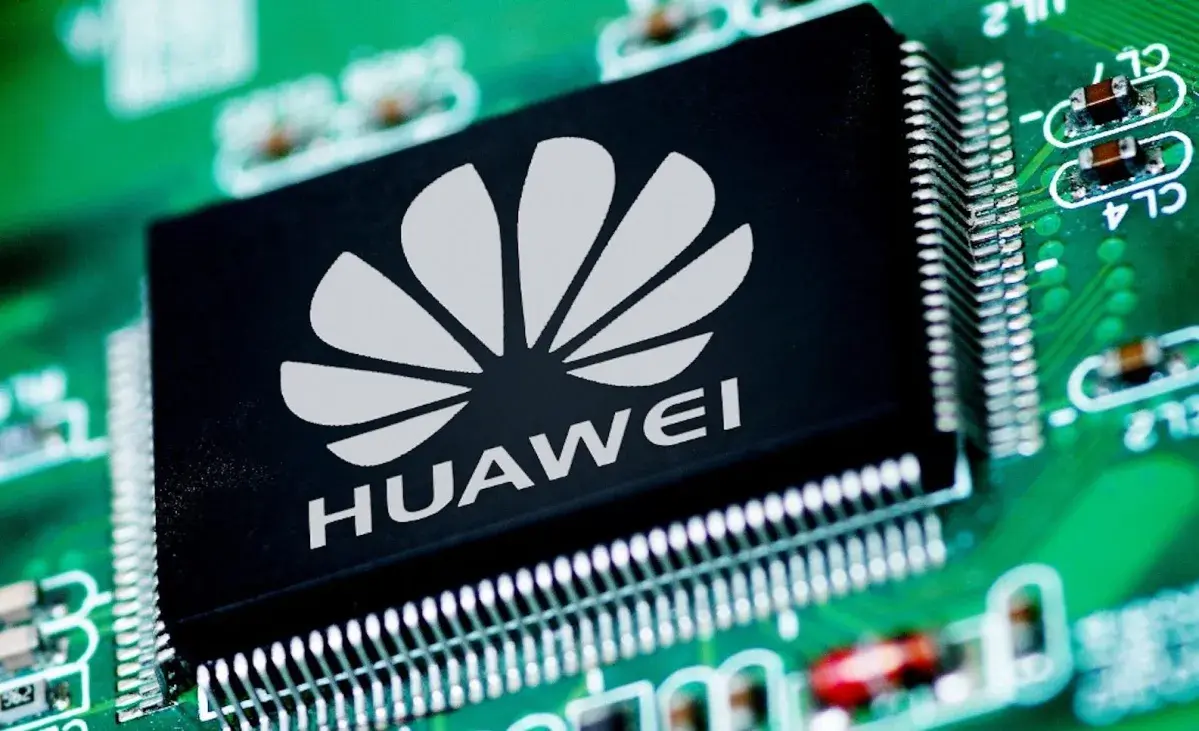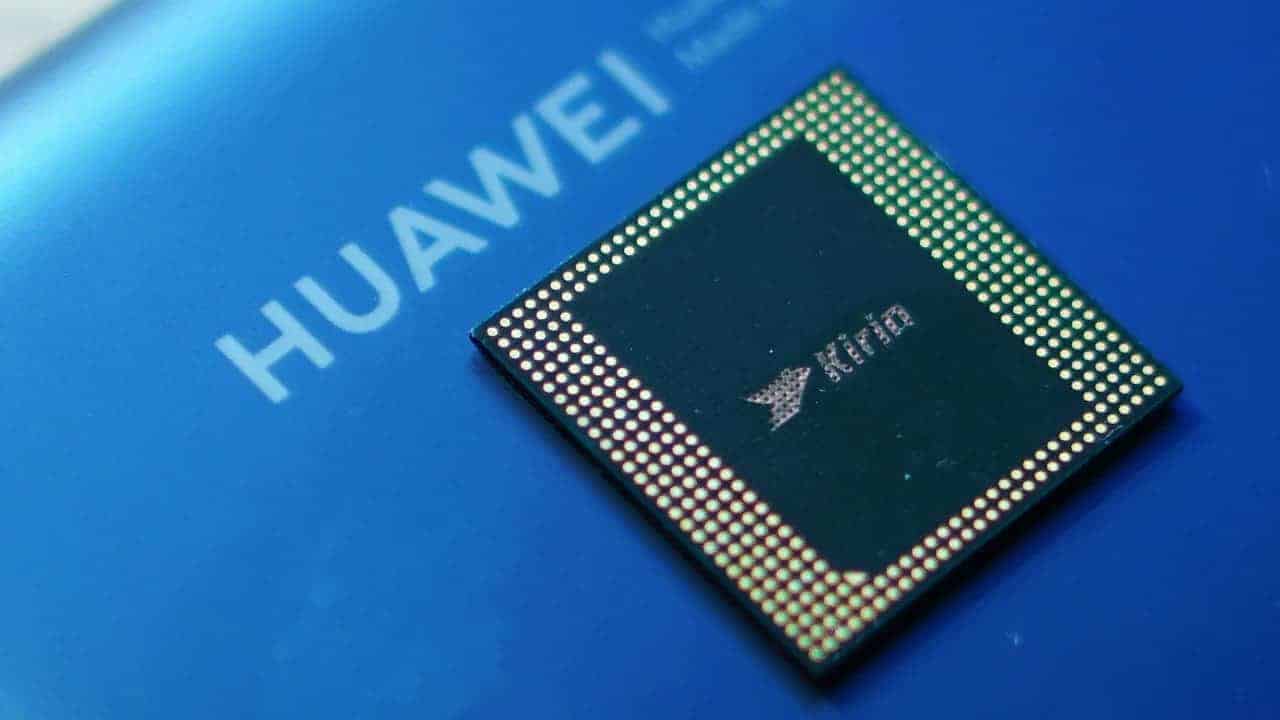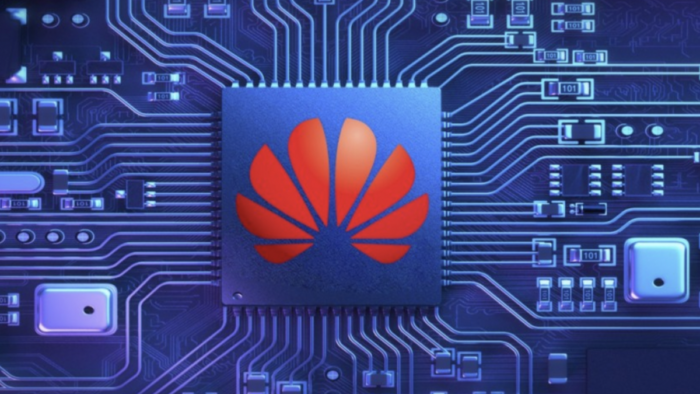Earlier this year, Huawei surprised many by developing advanced chips despite U.S. sanctions. A former executive from Taiwan Semiconductor Manufacturing Company (TSMC) believes Huawei can create even more advanced chips. Huawei doesn’t make its own chips and relies on manufacturers like TSMC. Due to U.S. sanctions, TSMC became inaccessible for Huawei’s chip procurement. It partnered with China’s leading chip maker, the Semiconductor Manufacturing International Corporation (SMIC), to produce advanced chips.
In September, Huawei’s Mate 60 smartphone revealed it used a 7-nanometer chip node for its processor. This was unexpected because Huawei couldn’t source chips from TSMC, and its primary supplier, SMIC, was restricted from buying advanced machines from ASML.
SMIC Could Produce 5nm Chips for Huawei 
While it’s commonly thought that extreme ultraviolet (EUV) machines are essential for making 7-nanometer and smaller chips, deep ultraviolet (DUV) machines can also be used. However, EUV machines are preferred because they allow for smaller circuits to be printed faster and with fewer errors.
Former TSMC vice president Lin Burn-jeng believes that SMIC can use the machines it already has to further reduce feature size and transition to 5-nanometer. Despite U.S. sanctions on SMIC buying EUV machines, there aren’t any sanctions in place for DUV equipment.
Dr. Lin is a respected figure in the chip sector with over 60 patents and numerous awards from TSMC and IBM. He emphasized that it’s “not possible” for the U.S. to completely hinder China’s progress in semiconductor technology. The U.S. has imposed sanctions citing concerns over the use of advanced products by Chinese military.
Advanced 7nm Chips 
TSMC’s N7 chip node was the first to use EUV technology for advanced chips. While the term “7-nanometer” describes chips with feature sizes as small as 7nm, the N7 classification encompasses technologies like 6nm. TSMC’s standard 7nm products didn’t use EUV, but the advanced 7nm+ node was the first to employ ultraviolet light.
This development indicates Huawei and SMIC’s determination to advance in the semiconductor industry despite challenges and restrictions.





